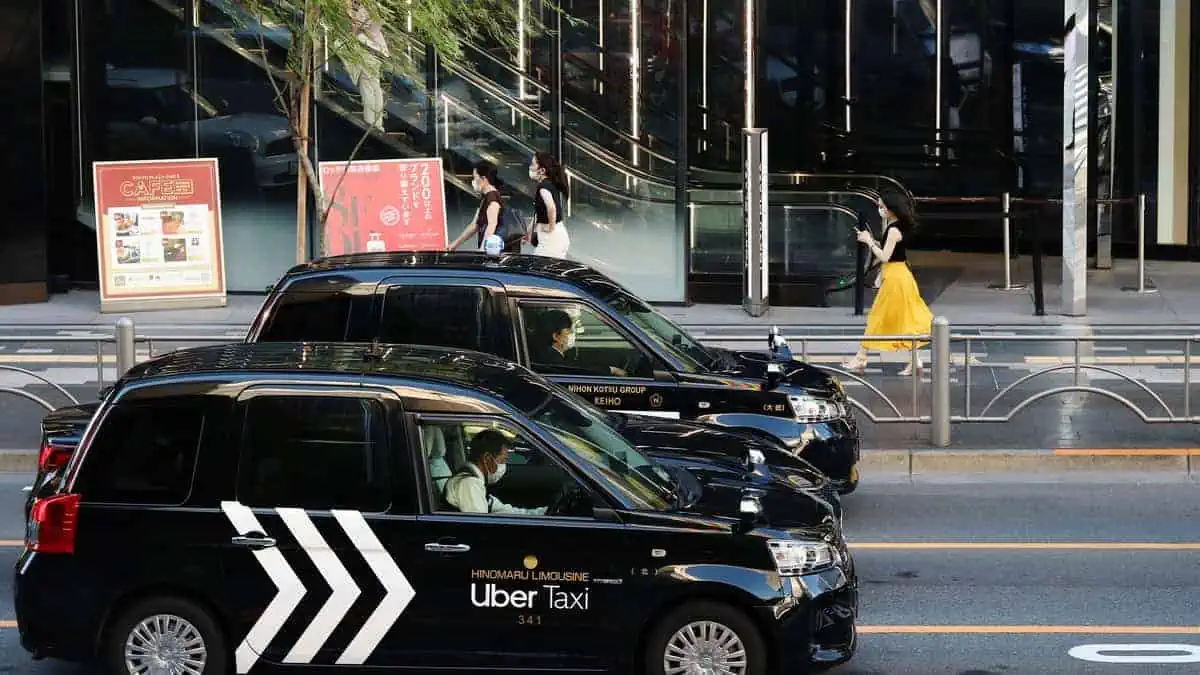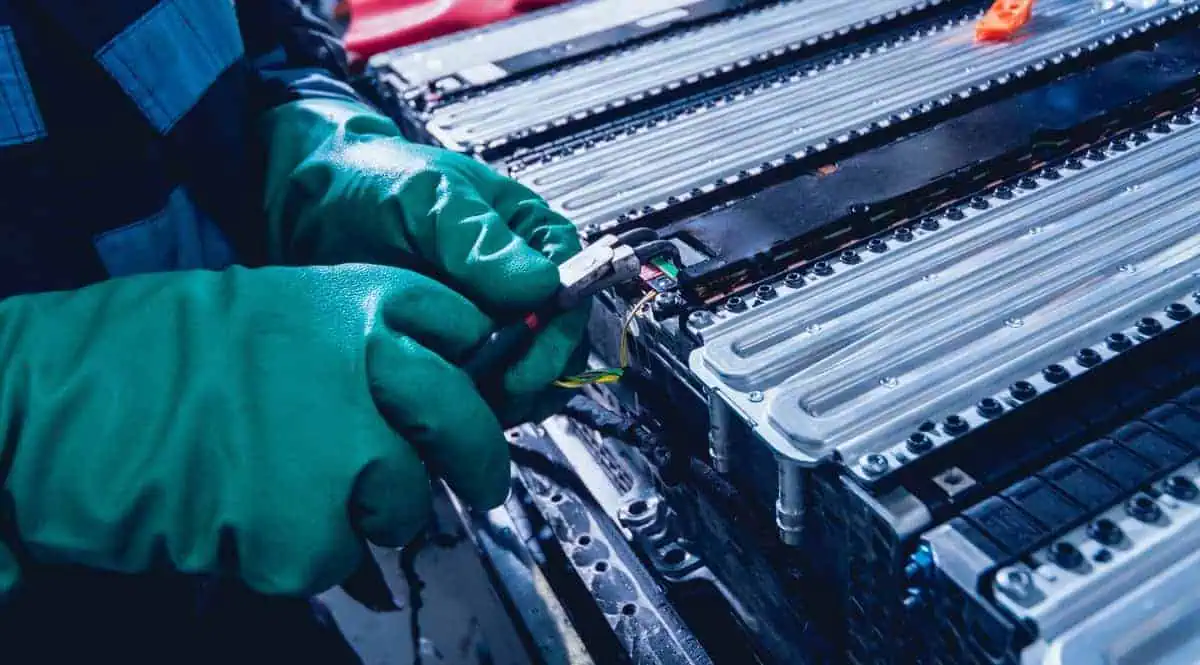Ride-hailing platform Uber partnered with car API platform developer Smartcar to alleviate the prevailing range anxiety among drivers through a “Battery-Aware Matching” feature.
Smartcar asserted that its connected car platform will ensure that Uber EV drivers only receive ride assignments within their current battery range.
Purpose
Uber and Smartcar’s partnership primarily aims to aid drivers in getting rid of their range anxiety that significantly affects productivity.
According to Medium’s survey on August 30 last year, the majority of 16,000 Uber EV and non-EV drivers in North America and Europe “worry that not enough EV charging exists to enable them to start using an EV.”
In response, Uber sought to gain access to Smartcar’s innovative software development expertise to offer the Battery-Aware Matching feature.
Battery-Aware Matching feature
Uber team developed the Battery-Aware Matching feature in the Driver app powered by Smartcar’s connected car platform to facilitate seamless charging sessions.
Drivers link their cars via Smartcar Connect to activate the new feature for their future rides.
Smartcar’s API incorporates battery-level data into Uber’s Driver app to ensure that drivers only get bookings within their remaining battery range.
Through this feature, Ubers will be able to accept bookings that end near charging stations and decline long trips beyond their state of charge.
Range monitoring
Uber drivers can also now monitor their car’s battery level without using any aftermarket hardware, such as OBD-II dongles.
The Driver app displays the EVs’ estimated remaining battery range to screen bookings that exceed this distance.
Drivers must not worry about their vehicle data safety, as the Driver App will only once to ensure that they only share the required data permissions with the company.
Uber’s move to partner with Smartcar will undoubtedly accelerate rideshare’s shift to electric technology. It can also aid Uber’s goal to become a zero-emission ride-hailing platform in the US, Canada and Europe by 2030. It also aims to reach carbon neutrality across its global operations by 2040.






